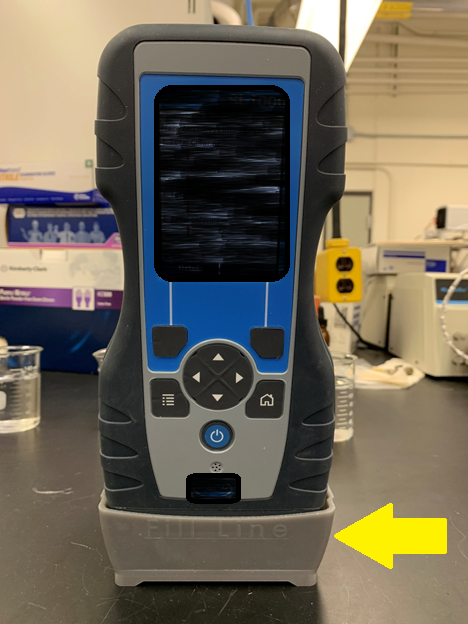Water You Waiting For? Analyze Multiple Water Samples Simultaneously with a New Field Device!
Published September 27, 2022

Whether it’s checking the health of a stream or a drinking water supply, water testing is performed in a variety of industrial, consumer, and applied research settings to measure water quality and chemistry. Understanding the quality of the water (its features such as pH, salinity, or dissolved oxygen) and the chemistry of the water (the presence of compounds like chlorine, ammonia, or nitrogen) is often accomplished with specialized, laboratory-based equipment and systems or field sampling methods.
Handheld mobile analysis devices allow users to test water samples in the field and take real-time readings on site. These devices are often simpler to use and avoid time delays and potential inaccuracies caused by sample prep, transport, or other handling errors. As one example, the Hach SL1000 Portable Parallel Analyzer incorporates mobile capabilities and can analyze multiple water quality measurements simultaneously. However, the device cannot analyze multiple water samples simultaneously.
EPA engineer David Wahman created and patented the Sample Device for Mobile Water Analysis to support the simultaneous analysis of multiple water samples when using a mobile water analysis device like the Hach SL1000. The Sample Device operates as an additional part on a mobile water analysis device – a cup with dividing walls to create multiple sample compartments – which provides physical separation between water samples. This allows, for example, the quantification of chlorine in four water samples simultaneously. Wahman’s patent also describes a method to simultaneously measure one or more analyte concentrations for his device. Wahman’s colleague, EPA contractor Matthew Pinelli, created a 3D-printed prototype of the divided sample cup to be used with the Hach device, which enables the user to implement this new method.
Creation of the device was the result of identifying a real-world sampling gap – while onsite at a water treatment plant, Wahman’s team needed to measure free chlorine from parallel filters. “The idea evolved to fill the need of analyzing multiple samples for a single analyte, cutting down on the wait time between samples,” explains Wahman.
Expanding the capability of the mobile sample device “makes a field device a little more lab-friendly by adding versatility,” he adds.
The Sample Device is easy to load and use and does not require precision tools. In prototype testing, using the Sample Device reduced analysis time by up to 75% (e.g., 5 minutes versus 20 minutes) when testing multiple samples simultaneously. Since users can analyze up to four water samples at once, the Sample Device reduces the wait time between each sample.
If this technology is commercialized, the expansion of mobile water analysis could help organizations and municipalities save money, improve their water quality, and maximize the accuracy and speed of data collection.
EPA researchers regularly invent cutting-edge technologies during their research. These technologies are available for companies to bring to market through licensing with the Agency. Additionally, EPA can also partner on collaborative research with companies, universities, and other outside parties on cooperative research and development agreements, or CRADAs.
The Sample Device for Mobile Water Analysis was awarded U.S. patent number 11,311,875 on April 26, 2022. For more information on this technology or to inquire about a license, please contact EPA’s Federal Technology Transfer Act Team (FTTA@epa.gov) or visit https://epa.gov/ftta for more information on this and other available technologies.
